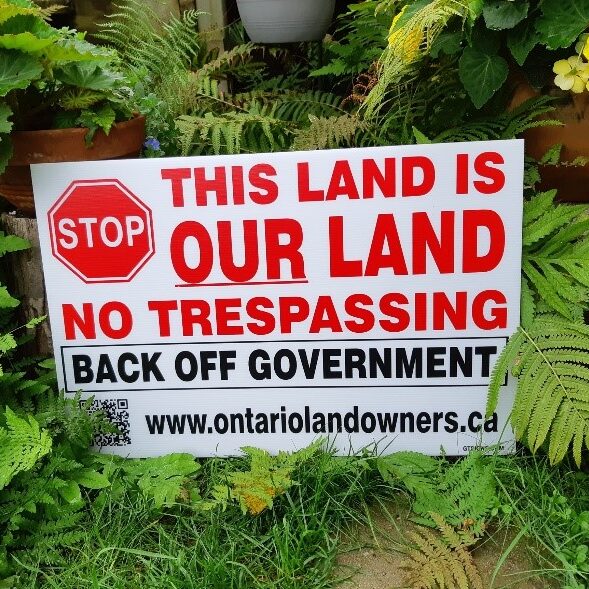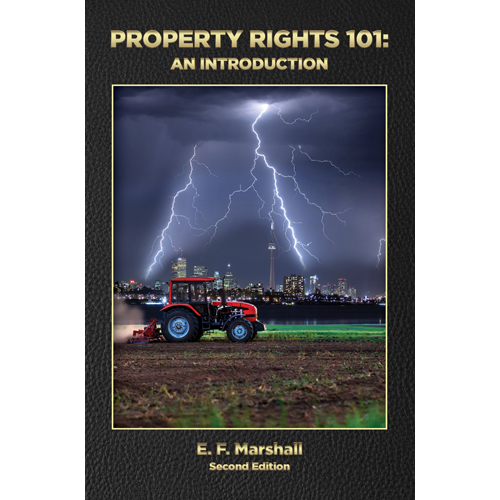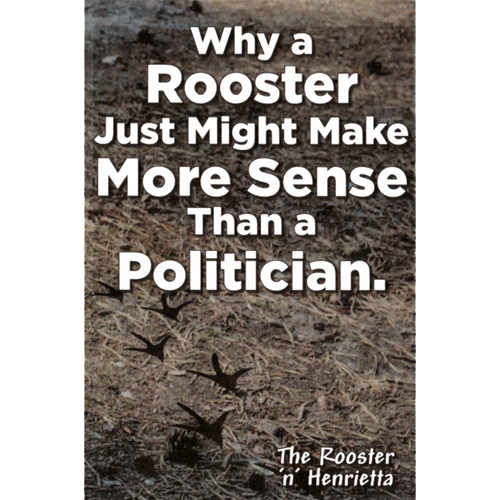The Docket – Conservation Authorities Part 2 – Wetlands Defined by Jeff D. Bogaerts
- 2019-02-01
- By admin
- Posted in Latest News
Good Morning your Worship, my name is Bogaerts, initial J. I am representing Mr. Smith, line number 1 on your Worships docket this morning.
The following is an excerpt from an actual trial transcript.
John Doe, you are charged between the 6th day of July, 2017, and the 1st day of September, 2017, at or near 12345 Highway 11, Part Lot 32, Concession 5, Not Happy Township, County of Angry, did commit the offence of changing or interfering with a wetland by removing soils or dumping fill material thereon in violation of Section 5 of Ontario Regulation 150/06, thereby committing an offence contrary to Section 28(16) of the Conservation Authorities Act R.S.O. 1990, c.C. 27, as amended, contrary to Conservation Authorities Act, R.S.O. 1990, Section 28(16).
How do you plead to this charge, sir?
JOHN DOE: Not guilty.
COURTROOM CLERK: Thank you, sir. John Doe, you are charged between the 6th day of July, 2017, and the 1st day of September, 2017, at or near 12345 Highway 11, Part Lot 32, Concession 5, Not Happy Township, County of Angry, did commit the offence of undertaking development or permitting another person to undertake development, in particular, dumping or removal of material without obtaining an authorization of a development permit in or on the areas within the jurisdiction of the Grand River Conservation Authority, contrary to subsection 2(1) of Ontario Regulation 150/06, thereby committing an offence contrary to subsection 28(16) of the Conservation Authorities Act, R.S.O. 1990, c.C. 27 as amended, contrary to Conservation Authorities Act R.S.O. 1990, Section 28(16).
How do you plead to this charge, sir?
JOHN DOE: Not guilty.
COURTROOM CLERK: Thank you.
The names were changed for personal identification reasons. The charges read into the record are the most common charges people find themselves up against. To continue my series of articles on the Conservation Authority Act, (“CA’s”) I want to start with the charges and walk through the process of why the CA’s think they have the power over property they think they have.
I also want to use this series of articles as education for everyone, including myself, to what do we, the people of Ontario, want the CA’s to do for us and our Province.
What do I want? I want the CA’s to go back to the basics, back to the original mandate given to them by the Legislature at Queens Park, which was, in a few words, protect property from flooding. Build dams, storm holding ponds, clean up rivers, keep them clear of natural debris, such as trees blown over into creeks and rivers that act like a dam. Clean out the beaver dams, help maintain and monitor municipal drains, remove tires and other human debris. Mapping of flood plains.
What I do not want the CA’s to do, is interfere in Agriculture, building permits, boat docks, flood prevention by property owners, engineers, additions to a home, replacements of homes burned down, landscaping, changing of the original house footprint to another footprint on the same property, hunting and fishing camps, heritage designating and setback restrictions on Private Land without compensation to name just a few current interferences.
Building permits cannot be issued without the authorization of the local CA’s. There is one rumor I have not been able to substantiate, is a building inspector that was charged by a CA for issuing a building permit without the CA’s authorization. I hope this is not true. If anyone can substantiate this, please email me.
Majority of people in Ontario live in high density urban areas, tall apartment buildings and massive subdivisions with huge smart centres. Therefore, majority of people do not see the damage the CA’a are doing in areas that they are not required to be involved with. The direction that CA’s are going, is to have full control and authority over every square inch of Ontario land regardless of ownership. This is not acceptable to myself nor anyone I have had conversations with about CA’s.
Let me reiterate, CA’s are necessary in Ontario, however, they are now so out of control as to be detrimental. During the massive flooding in the Ottawa Valley in 2018, the CA’s cut their permit fees in half to help those affected by the flooding. This was more than massive flooding, it was a massive insult to property owners who were flooded. Property owners have to pay for a permit to fix their properties damaged by flooding, really! I am not talking about a building permit, I’m speaking to a CA permit. How many people who were damaged never needed a permit when their house was originally built but now, they need one to fix their home. This was a massive money grab and an opportunity by CA’s to map and control property. What I always look for when a news story is aired about flooding, is where the trucks and personal are from the local CA. I have never seen a CA truck, personal, sand trucks, sand bags, and or CA personal sand bagging during the flood. However, they are Johnny on the spot if you do anything without a permit from them on your property.
What is a “wetland”? Well let’s dig into this question, pull it apart and analyze it.
What does the law say?
The definition of a “wetland” from the Conservation Authority Act, Section 28, subsection 25.
Definitions
Section 28 (25),
“wetland” means land that,
(a) is seasonally or permanently covered by shallow water or has a water table close to or at its surface,
(b) directly contributes to the hydrological function of a watershed through connection with a surface watercourse,
(c) has hydric soils, the formation of which has been caused by the presence of abundant water, and
(d) has vegetation dominated by hydrophytic plants or water tolerant plants, the dominance of which has been favoured by the presence of abundant water,
but does not include periodically soaked or wet land that is used for agricultural purposes and no longer exhibits a wetland characteristic referred to in clause (c) or (d). (“terre marécageuse”) 1998, c. 18, Sched. I, s. 12.
There are four paragraphs that define a “wetland”. You may find another definition however the accepted definition is found within the body of the Act. Therefore, this definition that must be used.
When reading the definition, on first read, one may interpret that any one of the four paragraphs defines a wetland. This is not the case. All four paragraphs must be present for the definition to be true. Why is this? At the end of the paragraph (c), there is the word “and”. Using “and” in this manner is a “coordinating conjunction”.
A “coordinating conjunction”, joins words, phrases and clauses together. The function of “and” is to join (a), (b), (c) and (d) together into one definition. That is, all four paragraphs must be true for a “wetland” to exist. If any one or more of the four paragraphs cannot be proven, then a “wetland” does not exist on your land.
Have you had any part of your property designated as a “wetland”? Have you been told that your next door neighbour has a “wetland” and now you have to stay 120 metres back from the edge of the “wetland” to do anything on your land? If so, now is the time to start the process to determine is all four paragraphs hold true. If not, then there is no “wetland”.
Please join the Ontario Landowners Association. The next project we are embarking on is to analyze the Conservation Authority Act and bring it into what the intent of the Legislature was when it was first introduced 80 years ago. Also, what the people want it to be, not self-interest groups.
The CA’s need to have a specific job. They are not the Building Code, Endangered Species, Agriculture, Hunting and Fishing, Private Parks and Campgrounds, your Private dock at the cottage or your cottage itself and a host of other areas that is not their mandate.
The next article is “development”. What it is and what it is not.
These are all my matters before the court this morning your Worship, may I be excused? Thank-you your Worship.
Search:
Categories
Archives
- April 2024
- January 2024
- December 2023
- November 2023
- August 2023
- July 2023
- June 2023
- May 2023
- April 2023
- March 2023
- February 2023
- January 2023
- December 2022
- November 2022
- October 2022
- September 2022
- August 2022
- July 2022
- June 2022
- May 2022
- April 2022
- March 2022
- February 2022
- January 2022
- December 2021
- November 2021
- October 2021
- September 2021
- August 2021
- July 2021
- June 2021
- May 2021
- April 2021
- March 2021
- February 2021
- January 2021
- December 2020
- November 2020
- October 2020
- September 2020
- August 2020
- July 2020
- June 2020
- May 2020
- April 2020
- March 2020
- February 2020
- January 2020
- December 2019
- November 2019
- October 2019
- September 2019
- August 2019
- July 2019
- June 2019
- May 2019
- April 2019
- March 2019
- February 2019
- January 2019
- December 2018
- November 2018
- October 2018
- September 2018
- August 2018
- July 2018
- June 2018
- May 2018
- April 2018
- March 2018
- February 2018
- January 2018
- December 2017
- November 2017
- October 2017
- September 2017
- August 2017
- July 2017
- June 2017
- May 2017
- April 2017
- March 2017
- February 2017
- January 2017
- December 2016
- November 2016
- October 2016
- September 2016
- August 2016
- July 2016
- June 2016
- May 2016
- April 2016
- March 2016
- February 2016
- January 2016
- December 2015
- November 2015
- October 2015
- September 2015
- August 2015
- July 2015
- June 2015
- May 2015
- April 2015
- March 2015
- February 2015
- January 2015
- December 2014
- November 2014
- October 2014
- September 2014
- August 2014
- July 2014
- June 2014
- May 2014
- April 2014
- March 2014
- February 2014
- January 2014
- December 2013
- November 2013
- October 2013
- September 2013
- August 2013
- June 2013
- April 2013
- October 2012
- May 2012
- September 2011



